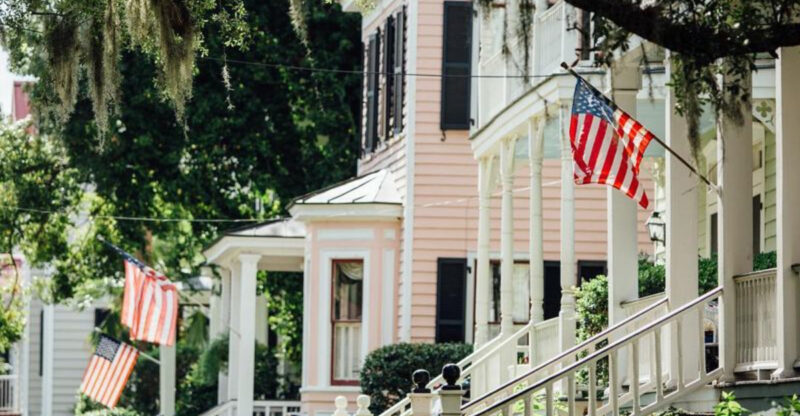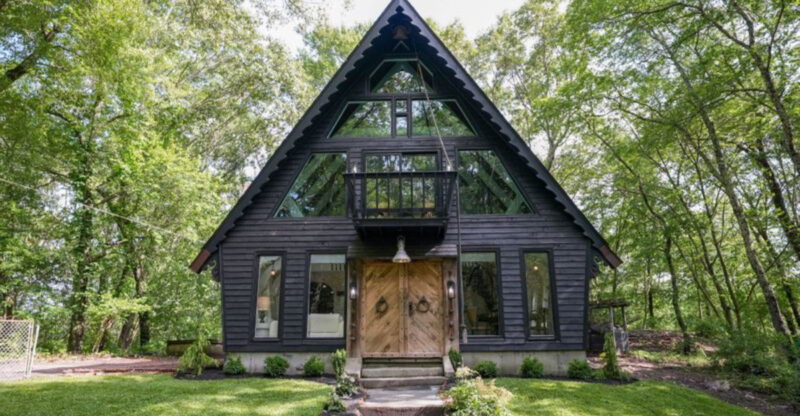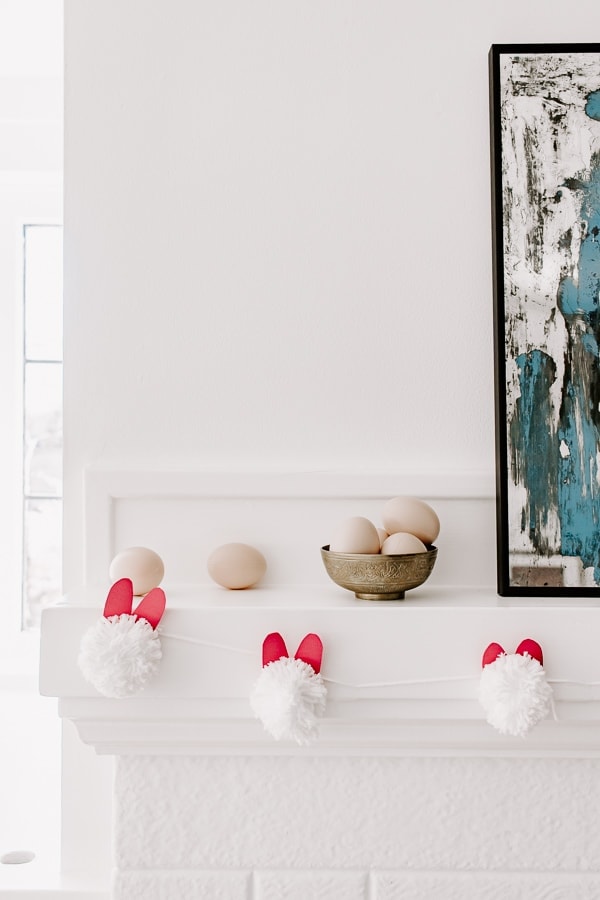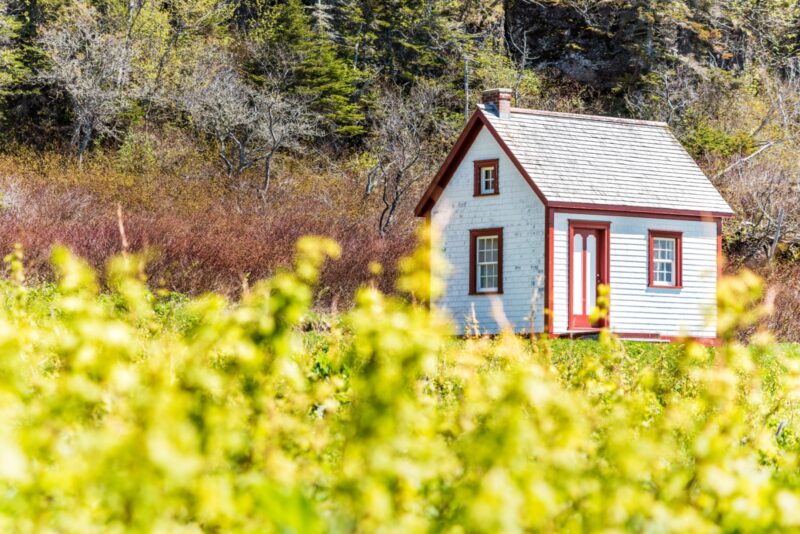These Nevada Home Trends Will Probably Fade By 2030
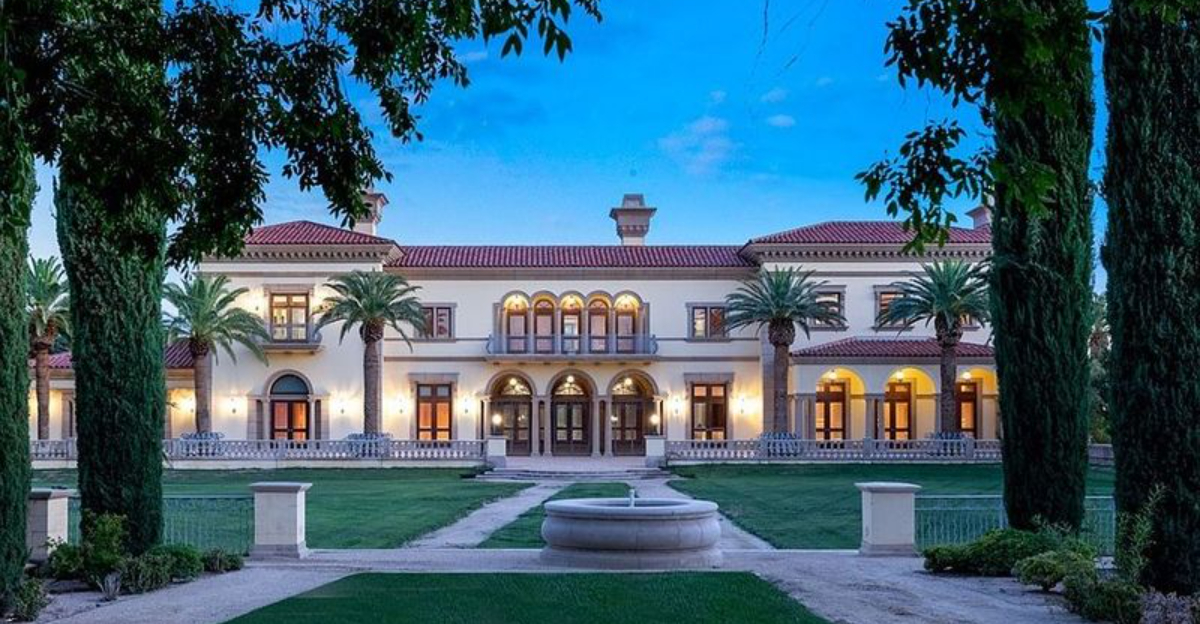
Nevada homes are changing fast, and not every trend will survive the next few years. What looks cool today might feel outdated or expensive by 2030.
I’m diving into the styles and features that are already losing their shine across the Silver State. Get ready to discover which home trends are heading toward the exit door!
Gated Golf Community Homes

Golf courses used to scream luxury, but younger buyers aren’t swinging clubs like their parents did. Maintaining these properties costs a fortune, and retirees want more than just golf nowadays. They’re looking for wellness centers, hiking trails, and diverse activities instead.
Energy bills run high in Nevada’s heat, and those sprawling lawns need constant watering. By 2030, experts predict values could drop 15-20%.
If you’re thinking about buying in one of these communities, consider the long-term costs carefully before signing anything.
Desert Mega Mansions
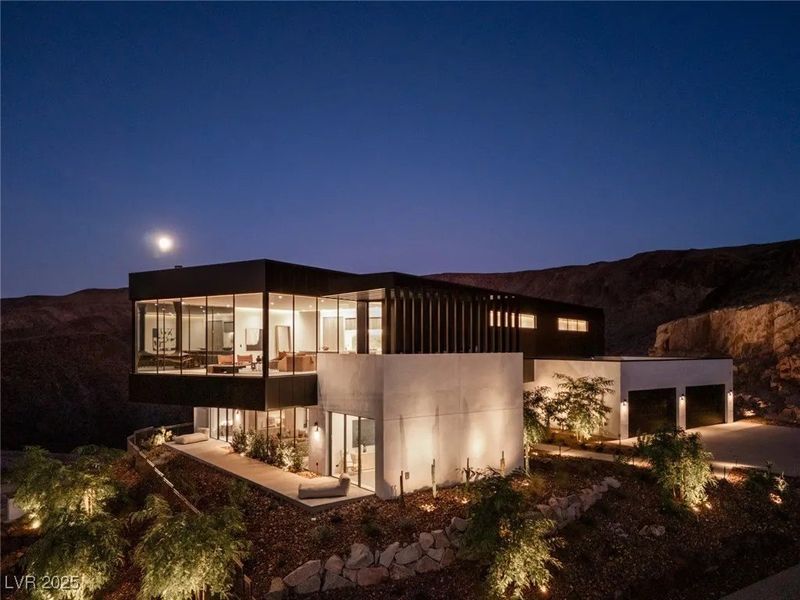
Huge homes with tons of bedrooms sound impressive until the electric bill arrives. Cooling a mega mansion during Nevada summers can cost thousands each month. Modern buyers want efficiency over size, and sustainability matters more than ever before.
Maintenance becomes a full-time job when you own a property this massive. Values might plummet up to 25% by 2030 as people realize bigger isn’t always better.
Smart luxury buyers are choosing smaller, eco-friendly designs that don’t drain their wallets or the environment.
Waterfront Vacation Rentals
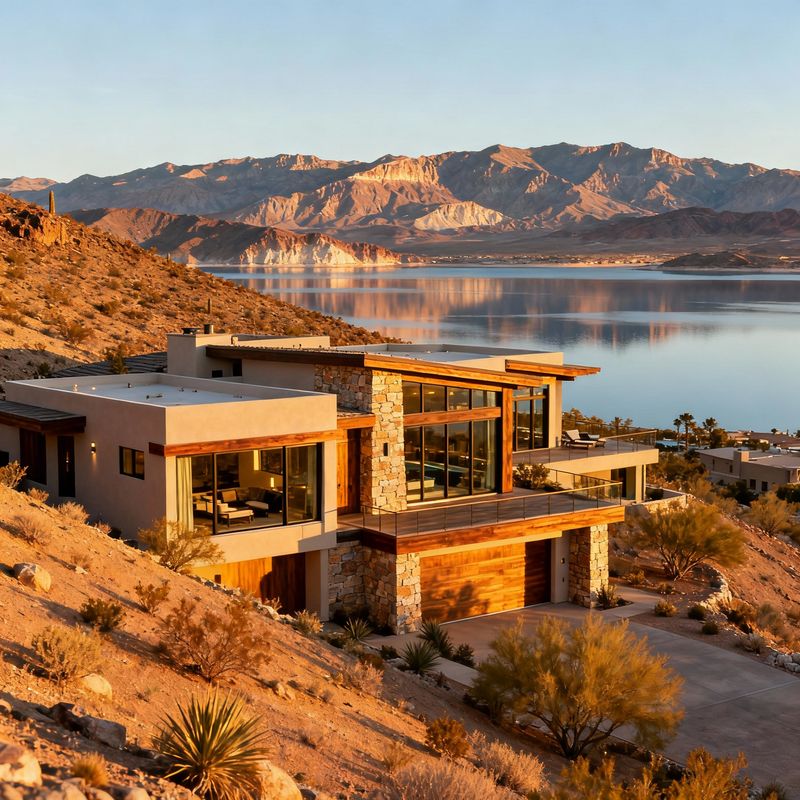
Lake Mead’s shrinking water levels have turned waterfront dreams into distant memories. Properties that once touched the shore now sit hundreds of feet away from the water. Environmental changes are making these investments incredibly risky for anyone considering buying.
Stricter rental regulations and skyrocketing insurance costs add to the headaches. Some properties could lose 30% or more of their value by 2030. Owning one of these places might feel more like a burden than a vacation paradise in just a few years.
Large Suburban Houses
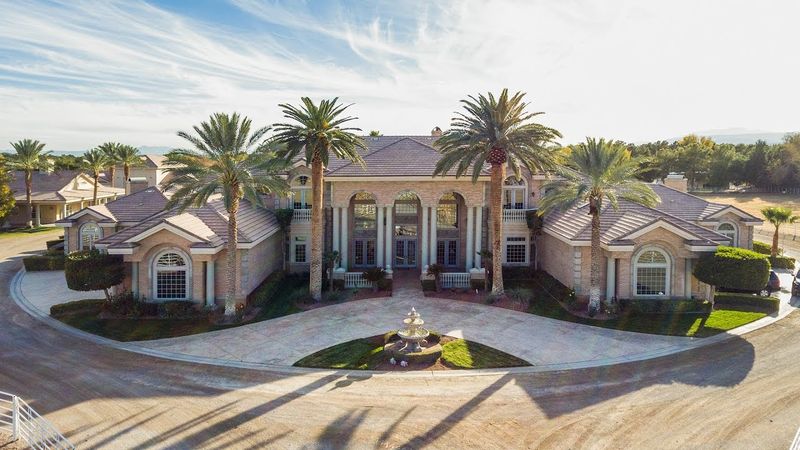
McMansions from the early 2000s are losing their appeal faster than you’d think. Families are smaller now, and heating or cooling these massive spaces wastes energy and money. High interest rates make them even harder to afford for today’s buyers.
These homes often lack the modern features that make life easier and more comfortable. Values could drop 10-15% by 2030 as people prioritize efficiency over square footage.
Younger generations want homes that fit their lifestyle, not ones that require constant upkeep and high utility bills.
High-Rise Urban Condos
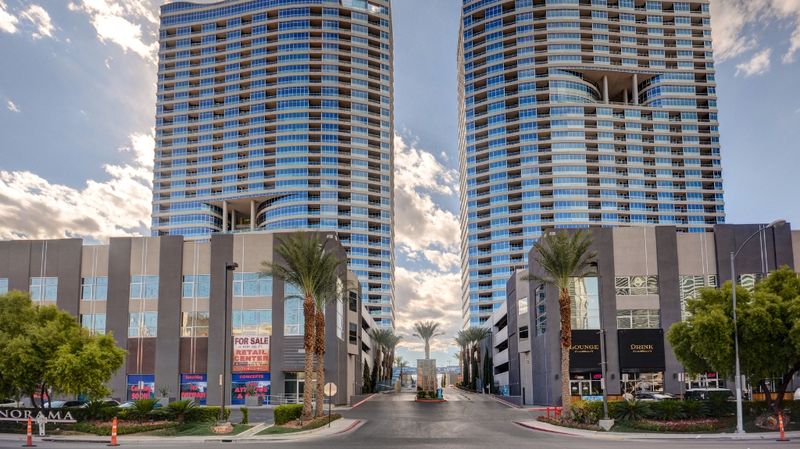
City living in a high-rise sounds exciting until you realize you’re paying for space you don’t really need. Post-pandemic life taught us that private outdoor areas matter more than we thought. Buyers want yards, patios, and breathing room instead of shared elevators and hallways.
HOA fees keep climbing, and maintenance issues pop up constantly in older buildings. These units might lose 15-20% of their value by 2030.
If you’re craving community and outdoor access, a condo might leave you feeling trapped rather than trendy.
Timeshare Properties
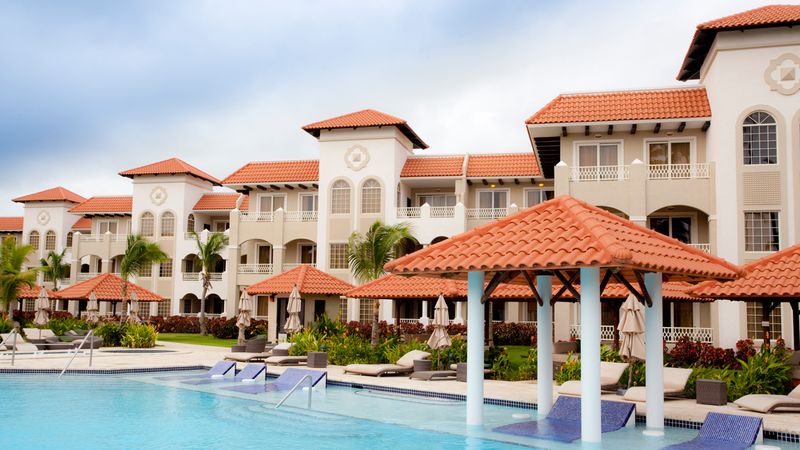
Timeshares seemed like a great vacation solution decades ago, but they’re financial traps today. Younger travelers prefer flexible options like vacation rentals that don’t lock them into one location. Maintenance fees keep rising while resale values keep falling, creating a lose-lose situation.
By 2030, many timeshares could lose 40-50% of their value, making them nearly impossible to sell. Owning one feels more like paying for a headache than enjoying a getaway.
Freedom and flexibility win over commitment every single time for modern vacationers.
Aging Senior-Living Homes
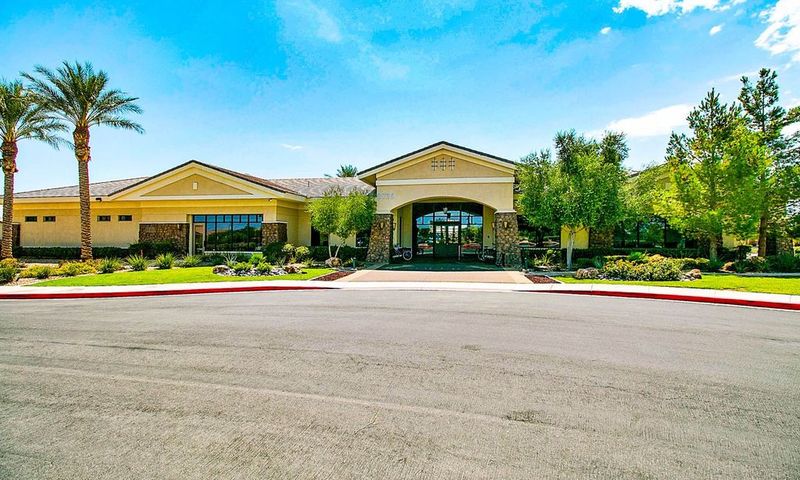
Senior communities from the ’80s and ’90s look tired compared to modern retirement options. Today’s seniors want fitness centers, tech integration, and social spaces that encourage active lifestyles. Outdated facilities with boring amenities just don’t cut it anymore for this vibrant generation.
Property values in these developments could drop 20-25% by 2030 as demand shifts elsewhere. Retirees are choosing communities that feel more like resorts than nursing homes. If the property doesn’t offer what modern seniors want, it won’t hold its value for long.
Remote Desert Cabins

Remote cabins sound romantic until you face Nevada’s rising temperatures and water access challenges. Getting insurance for these isolated properties becomes harder and more expensive every year. Extreme weather events make living far from civilization feel more dangerous than peaceful.
Values could decline 15-30% by 2030 as climate concerns grow stronger. Water shortages and fire risks make these properties less appealing to buyers seeking security.
What once felt like an escape might start feeling more like a risky gamble on your investment and safety.
Old Spanish-Style Villas
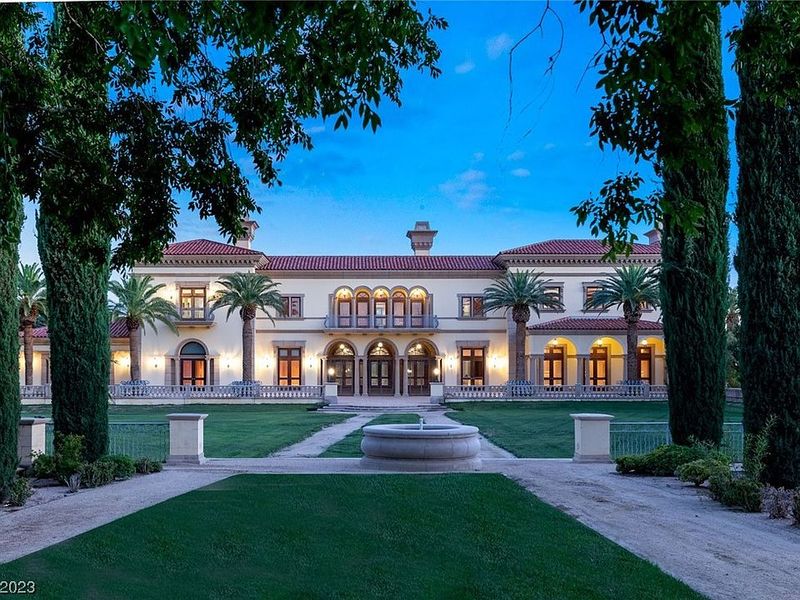
Terracotta roofs and dark, compartmentalized rooms define these once-popular homes. Modern buyers crave bright, open spaces filled with natural light instead of separated, cave-like rooms. Energy efficiency matters now, and these villas often lack proper insulation and modern climate control systems.
Unrenovated properties could see values drop 15-20% by 2030 as preferences shift dramatically. Updating these homes costs a fortune because the entire layout needs reimagining.
Unless you’re willing to invest heavily in renovations, these villas might become harder to sell with each passing year.
Coastal Stucco Dwellings

Stucco homes with Mediterranean flair were everywhere in the early 2000s, but they feel dated now. Their beige color schemes and heavy design elements clash with today’s preference for clean, modern aesthetics. Energy inefficiency makes them expensive to maintain in Nevada’s extreme climate conditions.
By 2030, these properties could lose 10-15% of their value as buyers seek more contemporary options. Upgrading them requires significant investment in both design and efficiency improvements. What once looked sophisticated now appears stuck in a time capsule that nobody wants to open.
Overbuilt Custom Homes
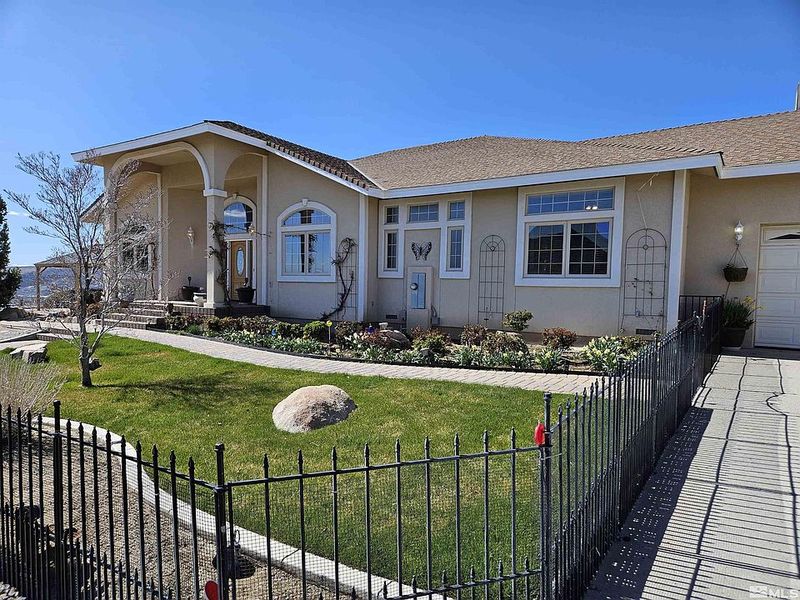
Custom homes with quirky features might reflect your personality, but they limit your buyer pool dramatically. That indoor basketball court or themed movie theater room won’t appeal to everyone shopping for homes. Specific design choices that worked for you might feel weird or impractical to future buyers.
These properties could see values drop 20-30% by 2030 because they’re harder to sell. Most buyers want neutral spaces they can personalize themselves rather than undoing someone else’s vision.
Your dream home might become your financial nightmare when it’s time to move on to something new.

